ABOUT
The Environment and Climate (ECL) Theme aims to expand our knowledge of complex environmental processes related to ecosystem functioning, global change, and anthropogenic activities by making use of neutron and X-ray techniques at advanced large-scale facilities.
More specifically, the fellows within the theme seek to advance the development of novel methodologies and expand the use of neutron and X-ray scattering techniques in environmental sciences, facilitate new collaborations between experienced users and new users of large-scale facilities, and promote the use of green technologies in industrial and biotechnological applications. The working groups within the theme will work on different aspects of environment and climate research, and include international research leaders from diverse fields.
HAPPENING IN THEME

CORE GROUP
Environment and Climate Core Group member, Coordinator of Working Group 4 – Structures and environmental interfaces, LINXS Fellow
Milda Pucetaite, Researcher at the Department of Biology, Lund University, Sweden.
Dr Pucetaite is a researcher (PI) at the Department of Biology. Her work is focused on applications of advanced microspectroscopy techniques, including synchrotron radiation-based X-ray methods, for analysis of microbial chemistry in soils with the aim to better understand the mutual feedbacks between the microbe-driven processes and climate. She is a part of the working group focused on establishing an infrared microspectroscopy beamline MIRARI at MAX IV, where she is representing research communities working on the environment and climate related research.
Environment and Climate Core Group member, Coordinator of Working Group 2 – Human impact and pollution, LINXS Fellow
Axel Eriksson, Docent at the Department for Design Sciences, LTH Faculty of Engineering, Lund University, Sweden.
Dr Eriksson is a docent in aerosol technology employed by the Department for Design Sciences at LTH. He has extensive experience in physicochemical characterization of aerosol particles, some experience with X-rays (time resolved, field deployable ED-XRF and synchrotron based in-situ XPS), a passion for environmental science, and a keen interest in combining the three. Eriksson specializes in “in-situ” measurements in which airborne particles are studied in their suspended state.
Environment and Climate Core Group member and Coordinator of Working Group 2 – Human impact and pollution, LINXS Fellow
Nønne Prisle, Professor in Atmospheric Sciences and Director of the Center for Atmospheric Research, University of Oulu, Finland.
Atmospheric sciences, experimental, theoretical and computational physics, chemistry & thermodynamics. Research focus on aerosol nano-particles, interfacial water, cloud microphysics, air pollution & climate.
Environment and Climate Core Group member and Coordinator of Working Group 4 – Structures and environmental interfaces, LINXS Board Member and Fellow
Ulf Olsson, Professor at Physical Chemistry, Lund University, Sweden.
Environment and Climate Core Group member and Coordinator of Working Group 3 – Nutrient cycles and land-water interactions, LINXS Fellow
Per Persson, Head of department and Professor at the Centre for Environmental and Climate Science (CEC), Lund University, Sweden.
Environment and Climate Core Group member, Coordinator of Working Groups 2 – Human impact and pollution and 4 –Structures and environmental interfaces, LINXS Fellow
Edith Hammer, Senior Lecturer at the Department of Biology and at the Center for Environmental and Climate Science, Lund University, Sweden.
Dr Hammer is a senior lecturer at the Department of Biology and the Center for Environmental and Climate Science, LU, with a strong interest in understanding microscale processes in the carbon cycle in soils, nutrient processes at the interface of organisms and soil, and the impact of pollutions to ecosystems. She has experience as a user with STXM, μXRF and XANES measurements. Dr Hammer is a Theme leader and board member of the strategic research environment BECC and has in this role been co-organizing workshops and information symposia aimed at new synchrotron users since 2016.
Environment and Climate Core Group member, Coordinator of Working Group 1 – Environmental archives, LINXS Fellow
Helena Filipsson, Professor at the Department of Geology, Lund University, Sweden.
Prof Filipsson is a professor at Quaternary Sciences. Her research focuses on past and present marine environments and their relation to climate and climate change over the last 130 000 years. This research further includes the study of the interactions between land, sea, and atmosphere. The main tools used in her research are marine sediments with their contents of different microorganisms combined with instrumental hydrographic time series and process-oriented modelling. Her research further addresses proxy calibration and validation both through experimental and field studies, i.e., improve the tools we use to reconstruct the past. She is increasingly using synchrotron-based methods, μXRF and μCT, both within proxy development and to generate time series of environmental change.
Environment and Climate Core Group member and Coordinator of Working Group 1 – Environmental Archives, LINXS Fellow
Behnaz Pirzamanbein, Assistant professor, Department of Statistics, Lund University, Sweden
INTERNATIONAL ADVISING COMMITTEE
Member of the Environment and Climate Theme International Advising Committee, LINXS Fellow
Ralf Schweins, Researcher, Institut-Laue Langevin, Grenoble, France
Member of the Environment and Climate Theme International Advising Committee and WG 1 – Environmental Archives, LINXS Fellow
Andrea Somogyi, Group Leader, SOLEIL synchrotron, France.
Member of the Environment and Climate Theme International Advising Committee and Working Group 3 – Nutrient cycles and land-water interactions, LINXS Fellow
Marco Keiluweit, Associate Professor, Faculty of Geosciences and Environment at University of Lausanne, Switzerland.
Member of the Environment and Climate Theme International Advising Committee and Working Group 3 – Nutrient cycles and land-water interactions, LINXS Fellow
Barry Goodell, Professor, Department of Microbiology, University of Massachusetts Amherst, US.
Member of the Environment and Climate Theme International Advising Committee and Working Group 2 – Human impact and pollution, LINXS Fellow
Sascha Oswald, Professor, Institute of Environmental Science and Geography, University of Potsdam, Germany.
GUEST RESEARCHERS
Environment and Climate: Guest researcher of WG 2 – Human impact and Pollution in October 2023, LINXS Fellow
Jack Lin, Postdoctoral researcher in the Center for Atmospheric Research, University of Oulu
Leader of the experimental group in Oulu working with aerosol experiments and synchrotron radiation spectroscopy techniques to study the impacts of aqueous surfaces on cloud droplet formation in the atmosphere.
Environment and Climate Core Group member, Guest Researcher of Working group 1 (2024–2026), and Coordinator of Working Group 2, LINXS Fellow
Nønne Prisle, Professor in Atmospheric Sciences and Director of the Center for Atmospheric Research, University of Oulu, Finland.
Atmospheric sciences, experimental, theoretical and computational physics, chemistry & thermodynamics. Research focus on aerosol nano-particles, interfacial water, cloud microphysics, air pollution & climate.
WORKING GROUPS FOR ECL
ECL WorkING Group 1
environmental archives
Within this working group we will utilize historical and geological environmental records. These records can be gained from various sources such as microfossils from aquatic sediments, tree-ring data, peat - and ice cores etc. Detailing the past environment gives us the possibility to put the present and future environmental and climate change into a larger context and to better understand involved processes. Over the last decade there has been an increase in applications of high-resolution microanalytical techniques and many of them are synchrotron-based X-ray methods, which, in particular, give us the possibility to study the geochemical composition (incl. geochemical speciation) and morphology of our samples with nanoscale resolution. We welcome contributions on all timescales, and we will work towards increasing the number of users within the geoscience community and in tandem with the other WGs.
ecl WORKING GROUP 2
human impact and pollution
Anthropogenic pollution is a threat to the functioning of ecosystems as well as human health. Proper mitigation requires an understanding of the underlying physical, chemical, and biological processes behind the harm. WG 2 will explore and develop the usefulness of synchrotron and other large-scale physical characterisation infrastructures to better understand the impacts of pollution. Aerosol particles, which cause the lion’s share of environmentally induced deaths, and are the most uncertain component in current climate models, will be a special focus. Additional foci include heavy metals embedded into the redox-systems of their microenvironments and biotic interactions including root uptake and ion selection, micro/nanoplastics and their physical and chemical interactions with soils and sediments, and the secondary use of waste/industrial side-streams.
ecl WORKING GROUP 3
nutrient cycles and land-water interactions
Organic matter in terrestrial and aquatic systems represents a chemically broad group of molecules ranging in size from few nanometers up to few hundred micrometers. These molecules interact with each other and with inorganic molecules to form highly structured and complex entities e.g., intact cell walls, soil organic matter aggregates, and colloidal dissolved organic matter. Their persistence in time and their mobility are determined by abiotic factors, such as organic matter – mineral interactions, but also by microbial and invertebrate decomposition processes. The aims of the working group are to promote the use of synchrotron radiation X-ray and neutron-based methods to understand the effect that decomposition activities and microbial metabolism have on the structure of organic matter and subsequently in its mobilization and movement from terrestrial into aquatic ecosystems. Particularly, scattering and diffraction techniques (e.g., SAXS, WAXS, XANES) can help unravel structural dynamics in these systems. Three examples of such processes that the working group is interested in acquiring more knowledge about include: a) wood and litter decomposition that determine the chemical and structural nature of the remaining molecules b) interactions between organic matter and minerals that determines the mobility of important nutrients such as iron deeper into the soil horizon and c) processes that determine the fate of organic matter and pollutants as well as water quality in aquatic systems (e.g. brownification). Since the structural properties of molecules play important roles in their persistence over time and their mobility, this working group is tightly connected to WG4.
ecl WORKING GROUP 4
structures and environmental interfaces
The majority of the most important reactions and interactions in nature take place at interfaces. Contacting organic, inorganic, and biological components creates a complex, often heterogeneous and kinetic environment that mediates various biophysical and biochemical processes across biosphere, hydrosphere, and atmosphere. Understanding these processes and their role in, for instance, nutrient cycling, behaviour and effects of environmental pollutants, or redox reactions, requires systematic inquiry into the drivers and factors defining the formation, structure, and properties of those interfaces. The prerequisite, and a challenge for such studies, is the ability to address the relevant spatial and temporal scales at which the processes take place. State-of-the-art analytical techniques offered at large scale synchrotron facilities or neutron sources provide unprecedented capabilities for this purpose. For instance, the biogeochemical processes taking place in the rhizosphere – the interface between plant roots, microbes, and soil – play a vital role in terrestrial carbon and other nutrient cycles. They are responsible for sustaining plant growth for food, fuel, and fibre production, but also other ecosystem level functions. While synchrotron radiation- based X-ray tomography and neutron techniques provide insights into larger scale 3D structure and water fluxes in the rhizosphere, X-ray spectroscopy and imaging help unravel the microscale processes governed by soil microbes at the interfaces with plants, other microbes, and minerals. Together, these approaches provide whole rounded information about rhizosphere systems and their responses to environmental change, such as extreme climatic events (e.g., droughts vs. excessive precipitation) or changes in agricultural practices. Therefore, WG4 will work towards promoting their wider and complementary applications, by bringing together researchers interested in different rhizosphere processes taking place at different spatial and temporal scales. It will also build competence in the community via training activities and mentorship.















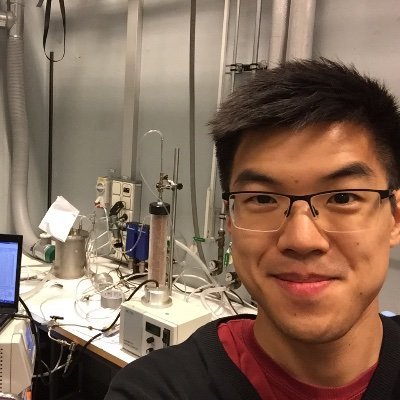



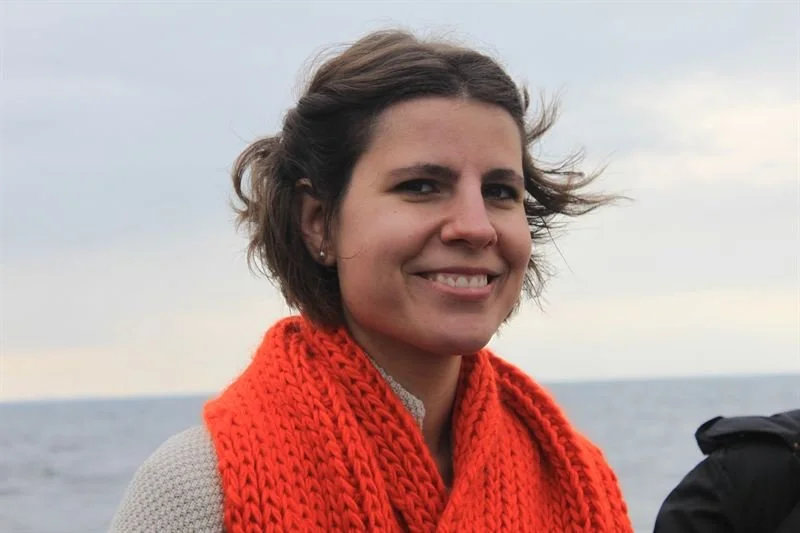










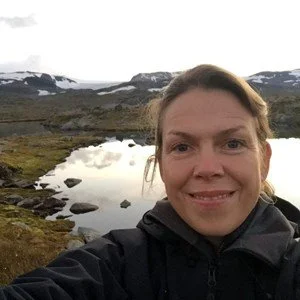
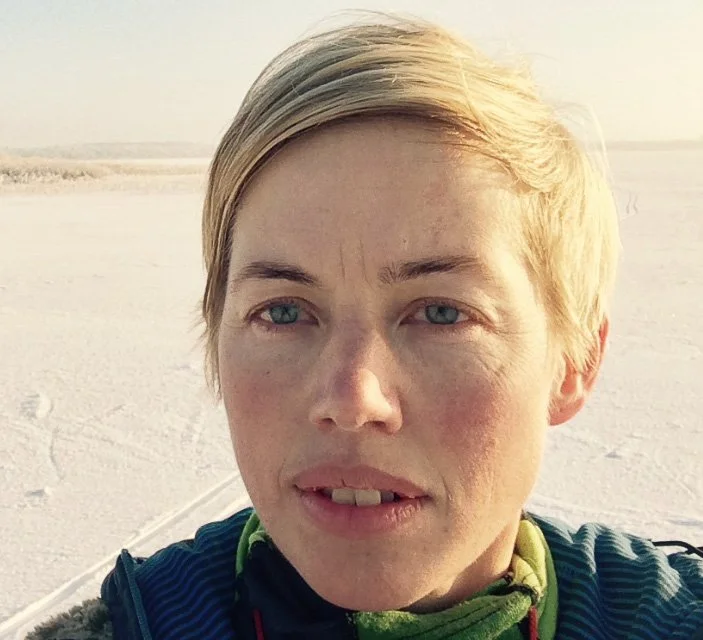
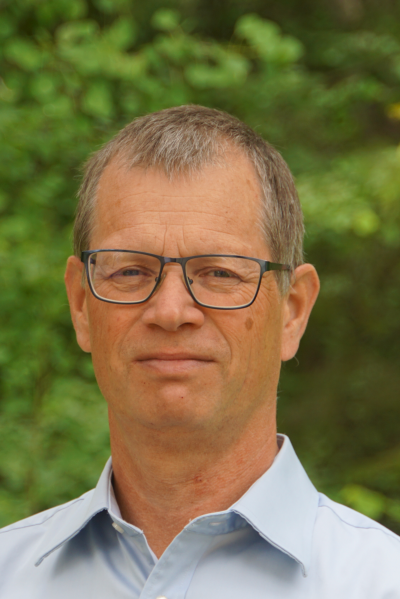



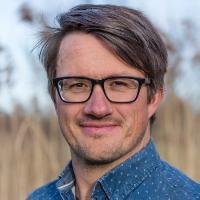

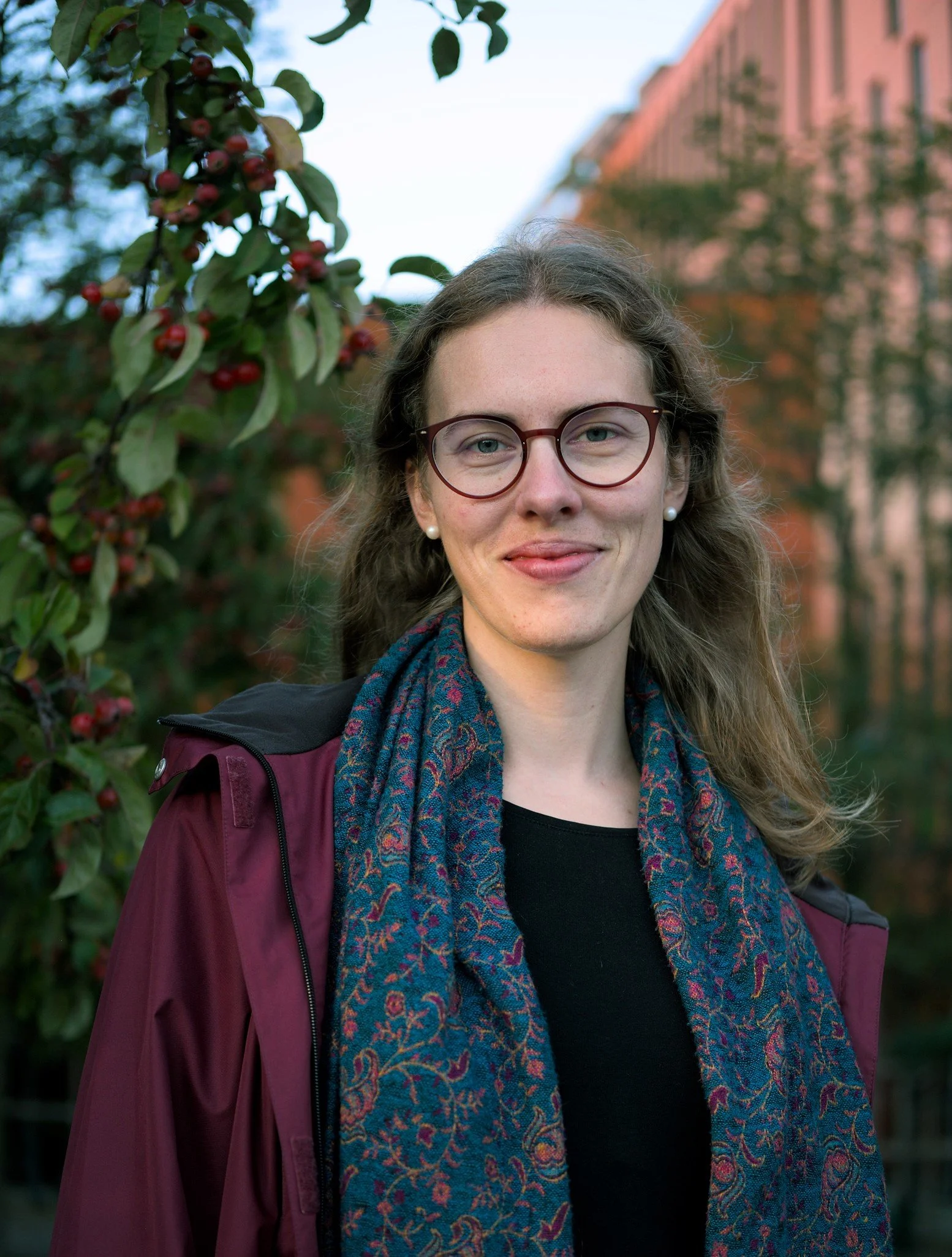



Environment and Climate Core Group leader, Coordinator of Working Group 3 – Nutrient cycles and land-water interactions, LINXS Fellow
Dimitrios Floudas, Associate Senior Lecturer at the Department of Biology, Lund University, Sweden.
Dr Floudas is an associate senior lecturer at the Department of Biology. His research focuses on the ability of filamentous fungi to decompose organic matter. His recent work includes the use of Raman micro spectroscopy and X-ray scattering in the degradation of cellulose by fungi and the use of NMR and X-ray scattering in the decomposition of dissolved organic matter by ectomycorrhizal and saprotrophic fungi and their impact on its colloidal properties. He is interested to further use X- ray and neutron scattering techniques to develop new protocols to visualize the structural and chemical transformations of organic matter ranging from intact materials such as plant cell walls to soil organic matter.